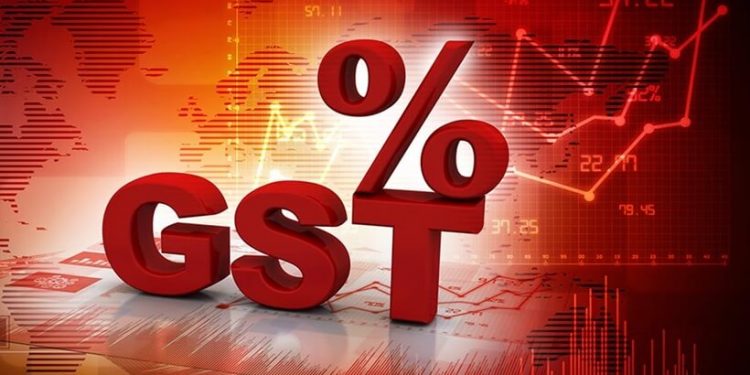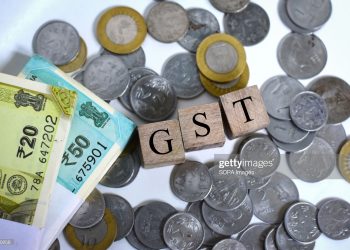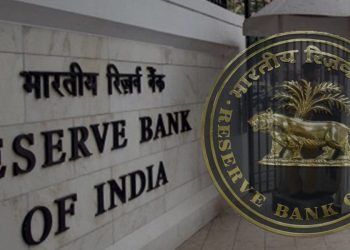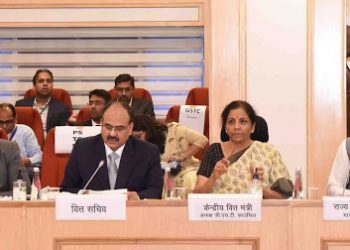The Goods and Services Tax (GST) regime is set for another major transformation. A ministerial panel has given approval to the 5% and 18% tax slabs, setting the stage for a new phase in India’s indirect taxation system.
While the central government insists the move will simplify GST compliance, several opposition-ruled states fear it could devastate their finances. Under the current structure, states depend heavily on GST compensation to manage their budgets. With this adjustment, states argue that compensation may not be enough to offset the potential revenue shortfall.
Economists predict mixed outcomes. On the one hand, consolidation of slabs can make tax filing easier for businesses, reducing litigation and confusion. On the other hand, shifting many goods to the 18% slab could increase prices, directly affecting the middle class and small traders.
The debate is expected to heat up in the coming months as the GST Council prepares to present the proposal formally. Traders’ bodies, industry chambers, and consumer rights groups are already preparing their responses.









Discussion about this post